surface mount outlets
sofaspud
13 years ago
Related Stories

GREAT HOME PROJECTSPower to the People: Outlets Right Where You Want Them
No more crawling and craning. With outlets in furniture, drawers and cabinets, access to power has never been easier
Full Story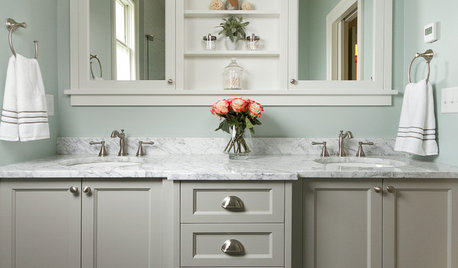
BATHROOM DESIGNShould You Get a Recessed or Wall-Mounted Medicine Cabinet?
Here’s what you need to know to pick the right bathroom medicine cabinet and get it installed
Full Story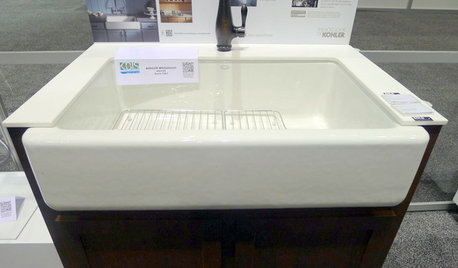
Highlights From the 2012 Kitchen and Bath Industry Show
Innovations in sinks, outlets and surface materials for kitchens and baths shone at this year's show
Full Story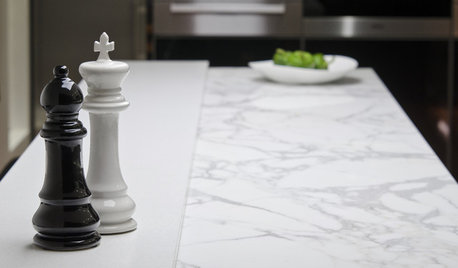
KITCHEN COUNTERTOPSKitchen Counters: High-Tech Solid Surfaces Make Maintenance Easy
Sculpted by heat and nonporous by nature, solid-surface countertops bring imagination and low maintenance to the kitchen
Full Story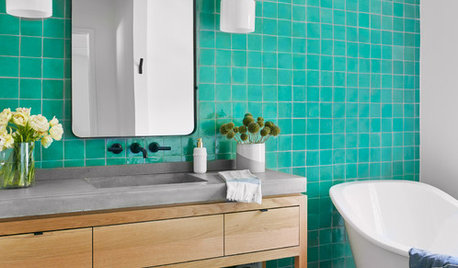
BATHROOM DESIGNBathroom Countertops 101: The Top Surface Materials
Explore the pros and cons of 7 popular bathroom countertop materials
Full Story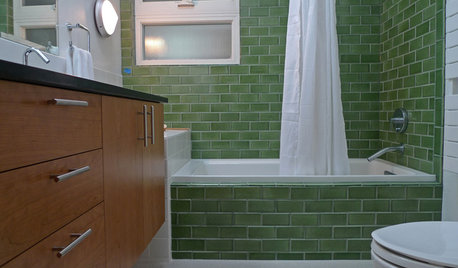
BATHROOM DESIGNBathroom Surfaces: Ceramic Tile Pros and Cons
Learn the facts on this popular material for bathroom walls and floors, including costs and maintenance needs, before you commit
Full Story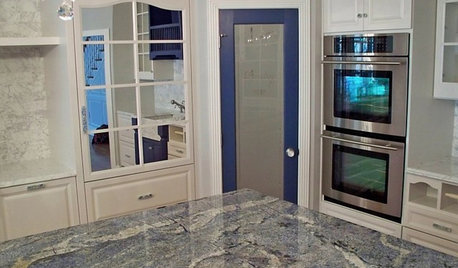
KITCHEN COUNTERTOPSKitchen Counters: Granite, Still a Go-to Surface Choice
Every slab of this natural stone is one of a kind — but there are things to watch for while you're admiring its unique beauty
Full Story
DECORATING GUIDESGet Cushy With Padded Surfaces
A little extra padding in the right places can deepen the beauty of walls, floors, headboards and more in the home
Full Story
MOST POPULAR10 Strategies for Keeping Surfaces Clutter-Free
The universe wants your coffee table to become a clutter magnet — but you can fight back
Full Story
GREEN DECORATINGGo Cuckoo for Coconut Furniture and Surfaces
Crack open a lesser-known ecofriendly design option: tiles, flooring, tables and more made from coconut shell and palm wood
Full StoryMore Discussions








brickeyee
sofaspudOriginal Author
Related Professionals
Wellesley Electricians · Bay City General Contractors · Decatur General Contractors · DeRidder General Contractors · Dothan General Contractors · Dunkirk General Contractors · Hammond General Contractors · Mankato General Contractors · Monroe General Contractors · Rosemead General Contractors · San Elizario General Contractors · Fairfax Handyman · Attleboro Solar Energy Systems · Bedford Home Automation & Home Media · Potomac Home Automation & Home MediaRon Natalie
brickeyee
DavidR
sofaspudOriginal Author
spencer_electrician
brickeyee
mike_kaiser_gw
brickeyee
mike_kaiser_gw
brickeyee
inox
lbpod
brickeyee